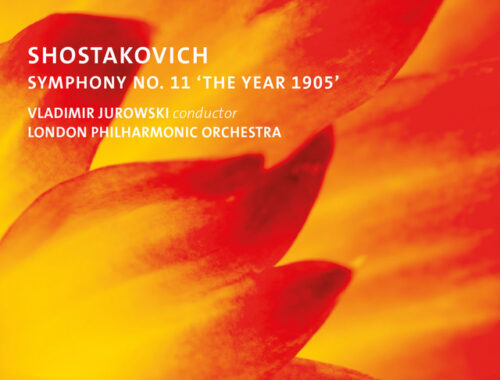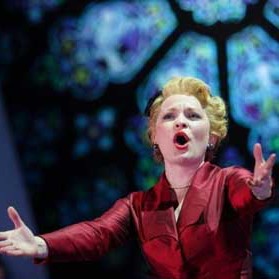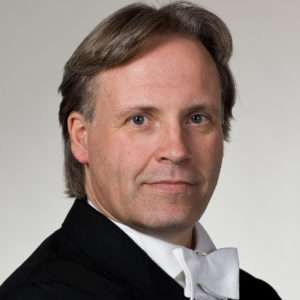GRAMOPHONE: From Where I Sit – June 2021
 LSO Live have billed their new Simon Rattle recording of Rachmaninov’s Second Symphony as ‘the complete version’. Doesn’t that go without saying these days? Surely no reputable conductor performing the piece now would countenance anything less? But time was, of course, when even champions of the symphony like Andre Previn (in his first RCA recording) would fall foul of the temptation to trim the roughly one hour duration with an assortment of ‘acceptable’ cuts.
LSO Live have billed their new Simon Rattle recording of Rachmaninov’s Second Symphony as ‘the complete version’. Doesn’t that go without saying these days? Surely no reputable conductor performing the piece now would countenance anything less? But time was, of course, when even champions of the symphony like Andre Previn (in his first RCA recording) would fall foul of the temptation to trim the roughly one hour duration with an assortment of ‘acceptable’ cuts.
It seems crazy nowadays to equate length with accessibility and popularity but when a piece of substance is brought in from the cold in an attempt to sell it to a wider public even the great and the good, it seems, have mistakenly believed that less (at least in terms of duration) is more. Tchaikovsky’s Manfred Symphony is regarded now as an established masterpiece in Tchaikovsky’s core repertoire – but imagine growing up longing to hear chunks of the finale that no less than Arturo Toscanini chose to excise. Imagine never having heard that mighty fugal section (Tchaikovsky, the classicist, pumping iron), imagine believing that Tchaikovsky actually signed off on the ugly disfigurements. Or, worse still, imagine being unaware of cuts and wondering how a composer of such renown could have fashioned such jarringly awkward transitions.
Manfred has certainly suffered for its place in the central repertoire. I can remember a Yuri Ahronovitch performance with the LSO at the Festival Hall where come the return of the first movement coda material in the finale he simply transplanted the coda of the first movement for a applause-seeking, grandstanding finish. Apparently they call it ‘the Soviet version’. Never mind that Tchaikovsky could never be so cheap, never mind that the scoring is completely rethought in that return with tremolando strings now blazing an alternate path from the horns, never mind that we lose that glorious sunset of a coda.
But far bigger names than Ahronovitch have perpetrated crimes against masterpieces over the decades. As a young collector I was shocked beyond measure that a favourite conductor of mine, Paul Kletzki, had elected in both his Israel and Vienna Philharmonic recordings of Mahler’s First Symphony to excise a bleeding chunk of the triumphal coda of the finale at precisely the moment where Mahler directs his horn section to be upstanding. So we lose the spectacle (visual and aural) of that marvellous moment, to say nothing of the apotheosis of that now famous horn theme.
And if you think that is sacrilege then imagine my astonishment when comparing available recordings of Mahler’s Fifth Symphony for Radio 3 to encounter a 1953 account from none other than Hermann Scherchen in which the great central scherzo is dismembered to a mere 9 minutes or so of music. Oddly he appears to have conducted uncut performances. What provokes a talent at this level to so wilfully disrespect a composer’s work?
I remember how excited I was to hear George Szell and the Cleveland Orchestra live for the first time in London – better yet to have Bartok’s Concerto for Orchestra topping the bill of their first programme. But come the finale this native Hungarian made a large and disfiguring cut across that fantastical, strangely nebulous passage leading to the triumphant return of the trumpet theme. It’s a cut he ‘traditionally’ made. Perhaps Bartok even sanctioned it. But there’s no rhyme or reason for it. Ever.
You May Also Like

GRAMOPHONE Review: Shostakovich Symphony No. 11 ‘The Year 1905’ – London Philharmonic Orchestra/Jurowski
09/12/2020
A Conversation With LUCY SCHAUFER & JULIAN KELLY: ‘The Light in the Piazza’
02/09/2010

